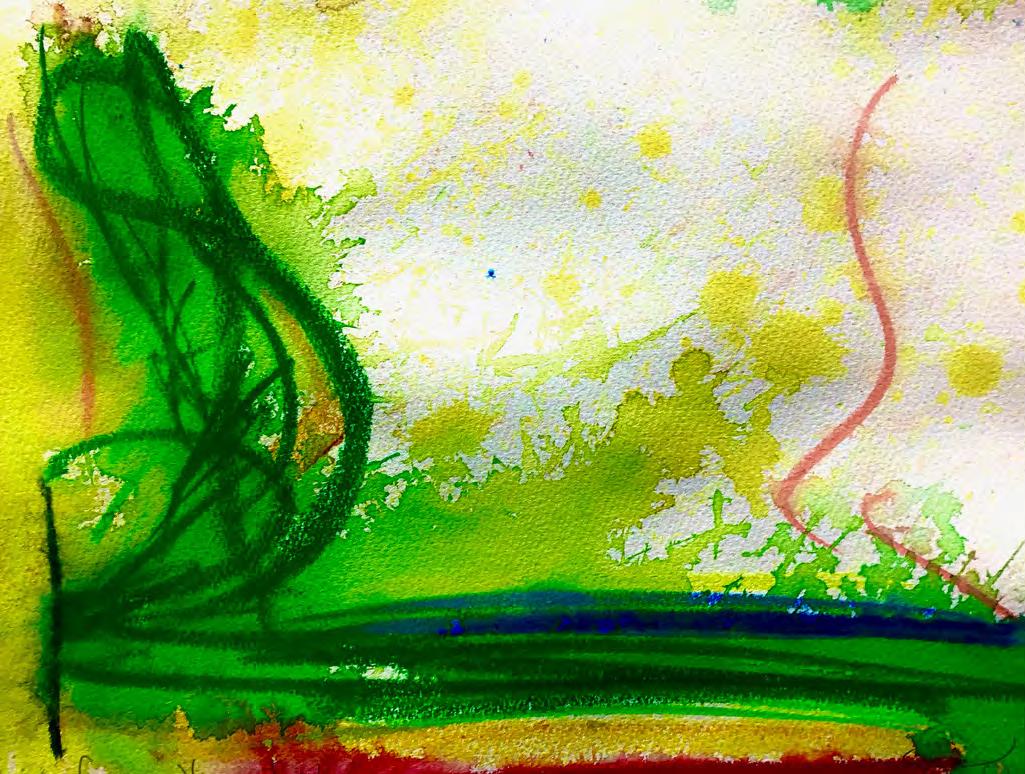Isolation in Special Forces Selection Edward Wolfe (C3 Hu) The special forces are the toughest branch of the military and the selection progress shows this. Special forces selection happens over a six-month period, and candidates are sent all over the world to see how they cope with different environments. However, special forces selection is not made hard by just the physical tests: it is also about the candidates’ mental state and how they think and cope with mental pressures, not least the challenges of isolation. One of the hardest parts of selection lasts 36 hours, where they face Resistance To Interrogation (RTI). RTI is a key part of SERE (Survival, Evasion, Resistance, Escape), and in Britain this is usually conducted by the DTSO (defence survival, evasion resistance, extraction training organisation) – a tri-service organisation. Men and women undergo this training before being deployed overseas. RTI training had been going on for many years independently in each service of the military, until in 2008 the services came together to form the DTSO. In training, the DTSO are permitted to break international laws and the Geneva Protocol 1 – but only under very strict, controlled conditions. Depending on what branch of the military one is in, one might not have to undergo a practice nor experience the treatment at first hand, though for all air crew the training is mandatory, as they could be captured if they have to bail out. Resistance To Interrogation is a tough process, and a huge part of it is isolation – both physically and mentally. The process starts very abruptly as the candidates are usually captured on their way back to camp. Their trucks are often ambushed, and they are thrown out of them, sometimes while blanks 2 are fired off. The ambushers would be shouting and screaming which is very confusing and sends most candidates into a panic. The ambushers would try to hood the candidates as quickly as possible – although a good candidate would not allow this to happen, they would also take in their surroundings when they can. (For example: how many men had ambushed them, how many guns they had, or what vehicle the ambushers came in.) The hooding is the first part of the isolation; throughout the 36-hour period most of the candidates’ time will be spent sat quietly under a hood. The darkness of the hood is disorientating and it’s hard to know whether you are alone in a room or not. Once the candidates are hooded and in the back of the ambushers’ vehicle they are driven back to the camp and put into a secure room. Here, they are made to wear headphones constantly playing torture sounds, while being put into stress positions. They are always watched by a member of the directing staff who will occasionally change their stress position or start prodding the candidates or breathing down the back of their necks to start getting them stressed. In this part of RTI, the candidates feel isolated from each other but also from themselves. All of their senses are being attacked; they cannot see anything, but they can hear these torture sounds of dying horses or crying children and their bodies are aching from the stress positions and it means they are left alone with their imagination. They feel scared and alone and they start to imagine what they are hearing. They become tired and sleep deprived. Some candidates say that they ended up hallucinating towards the end of it. However, every now and then they are taken out of the room for questioning. The first stage of questioning is called harshing, where multiple interrogators stand around them and start shouting at them and not allowing the candidate to get a word in. This first makes them feel weak and more isolated than before. The questioning continues and most of the time the recruits are interviewed on their own to make them feel more vulnerable. The isolated questioning goes on and on until the recruits give away too much information, or contradict their own or other accounts. Once the interrogators find chinks in the armour, they attack them. The candidates are brought into a room together and the questioners start to try and break up the recruits, to get them to argue with one another (yet another isolation technique). This continues for 36 hours and, with the additional sleep deprivation, it is one of the main causes for recruits to hand their armbands in. 37
In Time of Lockdown: Reflections on Locks, Lockdown, Isolation

Turn static files into dynamic content formats.
Create a flipbookArticles inside
Issuu converts static files into: digital portfolios, online yearbooks, online catalogs, digital photo albums and more. Sign up and create your flipbook.





































